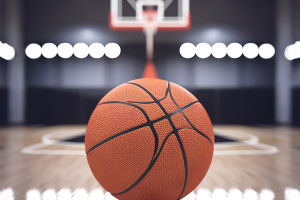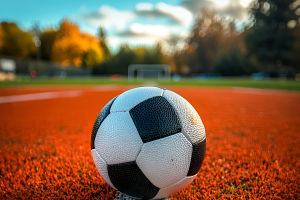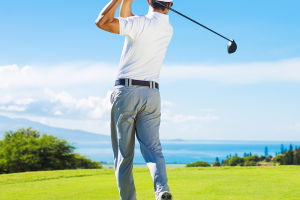When it comes to fitness, the right workout gear can be just as important as the effort you put in. Whether you're hitting the gym, going for a run, or practicing yoga, having gear that fits properly, supports your body, and enhances your performance can improve both comfort and results.
The market is full of options, so choosing the right pieces for your specific activity, body type, and preferences can be overwhelming.
This guide will break down the key factors to consider when selecting your workout gear, ensuring that you can move freely, perform at your best, and avoid injury.
Consider the Activity: Tailor Gear to Your Needs
Specific Gear for Specific Workouts
The first step in choosing the right workout gear is considering the type of exercise you'll be doing. Different activities require different types of gear to ensure both comfort and performance.
Running: If you're a runner, the most important piece of gear is your shoes. Look for running shoes that offer support, cushioning, and stability specific to your running style. Choose lightweight shoes with breathable uppers to keep your feet cool.
Strength Training: For weightlifting and other strength training exercises, you’ll need supportive footwear with a flat sole for better stability. For additional support, consider using wrist wraps or lifting belts to prevent injury.
Yoga and Pilates: For these activities, flexibility and comfort are key. Opt for moisture-wicking, stretchy fabrics that allow you to move freely. Non-slip mats are also crucial for stability during poses.
Cycling: If cycling is your activity of choice, look for padded cycling shorts and moisture-wicking jerseys for comfort during long rides.
Fitness expert Sarah Miller explains, “Choosing gear that is designed for your specific workout is essential for safety and comfort. For instance, running shoes should support forward movement, while strength training footwear should provide stability. No one-size-fits-all solution exists, so be sure to match your gear to your activity.”
Fit and Comfort: Avoid Discomfort and Injury
Proper Fit Makes a Difference
The fit of your workout gear plays a huge role in how comfortable and effective your workout will be. Ill-fitting clothes or shoes can lead to chafing, discomfort, and even injury. Here are a few tips to ensure your gear fits properly:
Clothing: Look for clothing that fits snugly but isn't too tight. This is especially important for activities like running or cycling, where chafing can be a concern. For yoga or Pilates, clothes that allow for full range of motion are essential.
Footwear: Your shoes should fit properly—not too tight, but not too loose. There should be about a thumb's width of space between your longest toe and the shoe’s toe box. For running, make sure the shoes fit snugly in the heel to prevent blisters but allow for some room in the forefoot.
Sports Tops: For women, a well-fitted sports top is crucial for support during high-impact activities. Look for tops that offer adequate compression and support, and that fit snugly around the rib cage.
Podiatrist Dr. Emily Roberts advises, “Choosing the right footwear for your workout is vital. Poorly fitting shoes can lead to issues like blisters, plantar fasciitis, or stress fractures. Make sure your shoes provide the right level of support for your specific activity.”
Choosing the right workout gear goes beyond looking good—it’s about ensuring that you can perform at your best while staying comfortable and injury-free. By selecting gear that matches your activity, fits well, and is made from the right materials, you’ll be setting yourself up for success.


